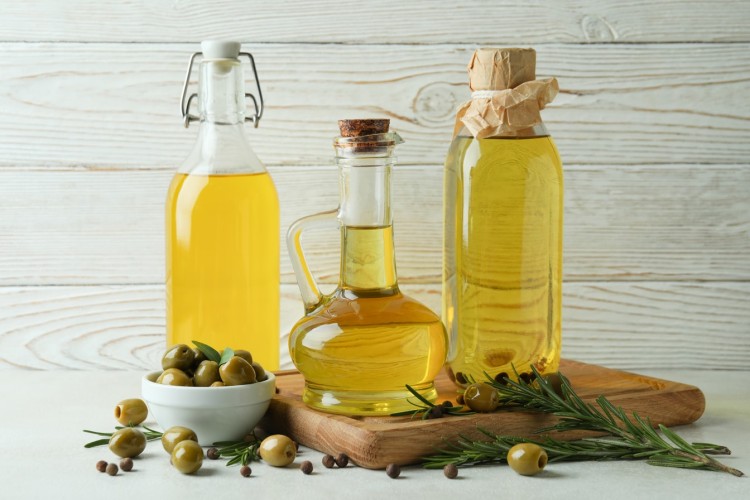
Edible oils used in the Northeastern United States are primarily sourced from the Midwestern US and Canada. Oils used for salad dressing as well as those used for cooking uses such as deep fat frying and pan frying are all called edible oils.
In a typical edible oil processing plant oil is extracted from the seed first using mechanical extraction (expeller press) followed by chemical extraction (hexane extraction). By using both methods less than 1% of the oil is left in the meal that is produced. The majority of this meal is sold for use in animal feed rations
Many components are found in a typical vegetable oil. This figure shows what is in canola oil; other edible oils have varying percentages of the same constituents. Components listed as minor comprise less than 1% of canola oil, yet these parts play a large part in determining the stability, therefore shelf life, of the oil. Many of these minor constituents interact readily with oxygen in the air or other components in the oil to oxidize and form the products associated with rancidity. Other of these minor components are anti-oxidants, working to keep components from reacting with air to form the compounds associated with rancidity. The following table shows some of the minor components and their effect on oxidation. Anti-oxidants resist oxidation so help to preserve the quality of the oil; pro-oxidants promote oxidation so do not help to preserve the oil.

In general it is difficult to find a process that will remove the pro-oxidants without also removing the naturally occurring anti-oxidants. Looking at a label of commercially prepared oil often shows that after processing an anti-oxidant has been added to the processed oil to replace compounds that were removed during processing.

|

|
Currently, there are no comment.
Login to comment